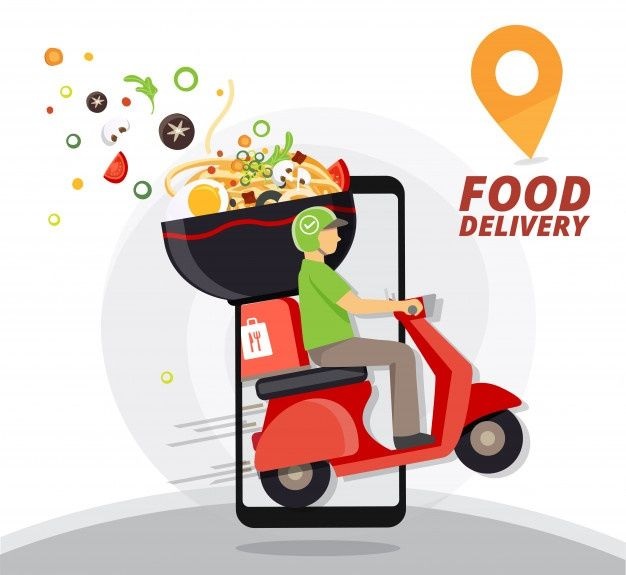A Closer Look at Low-Cost Food Delivery Options

In the bustling world of today, where convenience often trumps other considerations, food delivery services have become a staple in many of our lives. However, with the surge in demand for these services, there’s an increasing focus on finding low-cost food delivery options that don’t compromise on quality. Here we provide a closer look at these affordable options, exploring how they manage to cut costs, the variety of services available, and their impact on consumers and the food industry at large.
Understanding Low-Cost Food Delivery Options
Low-cost food delivery services operate on the principle of providing food delivery at a price point that is accessible to a broader segment of the population. These services employ various strategies to reduce costs, including optimizing delivery routes, leveraging technology for efficiency, and forming partnerships with local eateries to offer discounts. Additionally, many of these services focus on minimizing overhead costs by employing a gig economy workforce, where delivery personnel use their own transportation means. This approach is ideal for collection only items, allowing for a streamlined process that benefits both the service and the consumer.
Strategies Employed to Cut Costs
- Optimized Delivery Routes: By using advanced algorithms, these services can plot the most efficient delivery routes, reducing fuel consumption and saving time.
- Technology Leverage: Utilizing apps and online platforms, orders are processed and dispatched in a streamlined manner, cutting down on administrative costs.
- Partnerships and Negotiations: Collaborating with restaurants and food outlets to secure better pricing for their users, often in exchange for increased volume or promotional benefits.
- Flexible Workforce: Relying on freelance delivery personnel helps to adjust the workforce based on demand, avoiding the costs associated with a full-time delivery fleet.
Variety of Services Available
The low-cost food delivery market is diverse, catering to various tastes and preferences. Some services specialize in delivering from budget-friendly restaurants and fast-food chains, while others focus on grocery or meal-kit deliveries, offering affordable options for home cooking. There are also niche services that cater to specific dietary needs (e.g., vegan, gluten-free) at a lower cost.
Impact on Consumers
For consumers, the rise of low-cost food delivery options has been largely positive. It has made food more accessible, especially for those with busy lifestyles or limited mobility. The competitive pricing also means that customers can enjoy a wider variety of food without significantly impacting their budgets. However, there is a concern about the quality of food and service, as cost-cutting measures could potentially lead to compromises in these areas.
Impact on the Food Industry
The food industry has seen mixed effects from the proliferation of low-cost delivery services. On one hand, it has opened up a new revenue stream for restaurants and food outlets, particularly small and local businesses that can now reach a wider customer base. On the other hand, the pressure to keep prices low can thin profit margins, particularly for those already operating on tight budgets.
Challenges and Considerations
Despite their benefits, low-cost food delivery services face several challenges. Ensuring food quality and safety is paramount, as is maintaining a reliable and efficient delivery service. Additionally, these services must navigate the complexities of labor laws and regulations regarding gig workers, ensuring fair compensation and working conditions.
The Future of Low-Cost Food Delivery
Looking ahead, the future of low-cost food delivery services seems bright but will require innovation and adaptation. As consumer demands evolve and new technologies emerge, these services will need to continually refine their operations to stay competitive. Sustainability will also become a key consideration, with a growing emphasis on reducing waste and minimizing environmental impact.
In conclusion, low-cost food delivery options have transformed the way we access food, bringing convenience and variety to our doorsteps at an affordable price. While challenges remain, the potential for positive impact on both consumers and the food industry is significant. As we move forward, it will be interesting to see how these services evolve to meet the changing needs of society, making food delivery more accessible, efficient, and sustainable for all.











